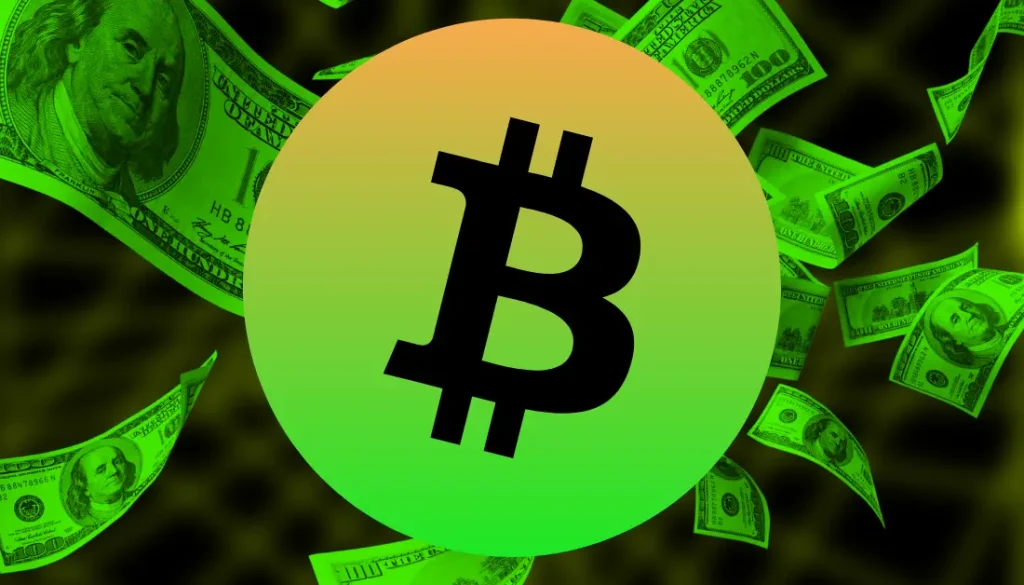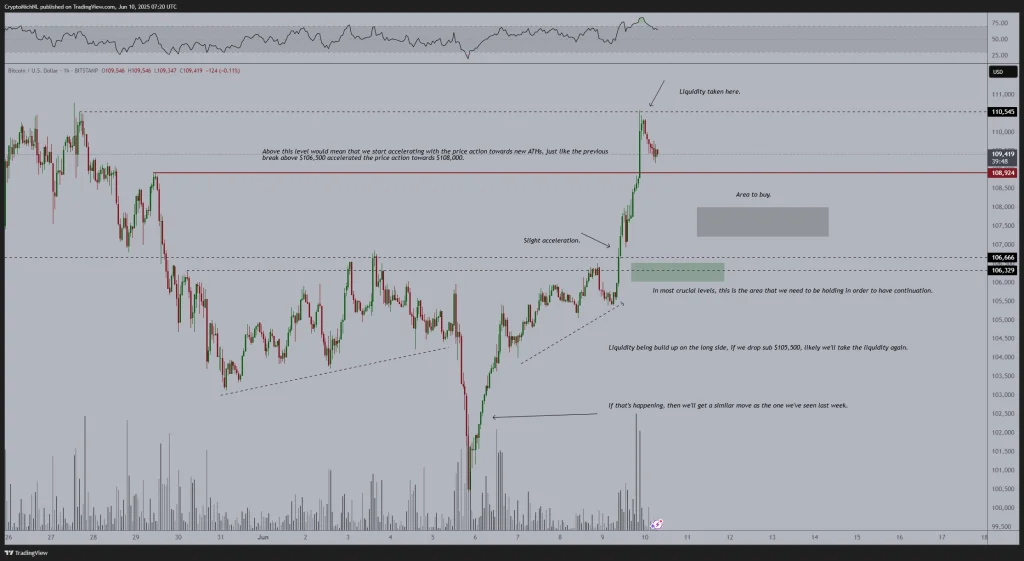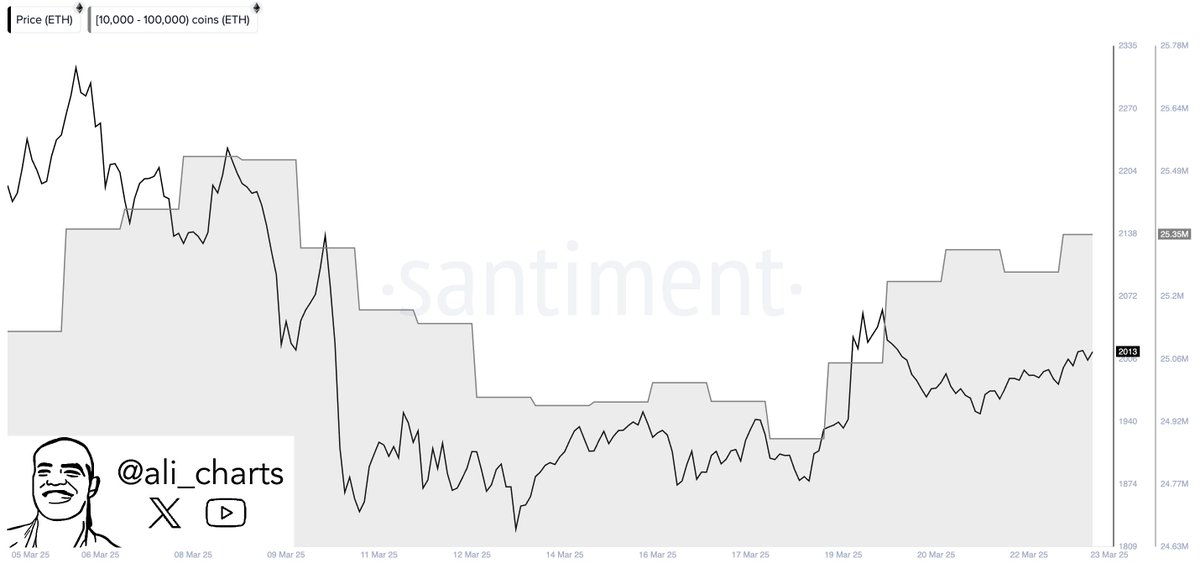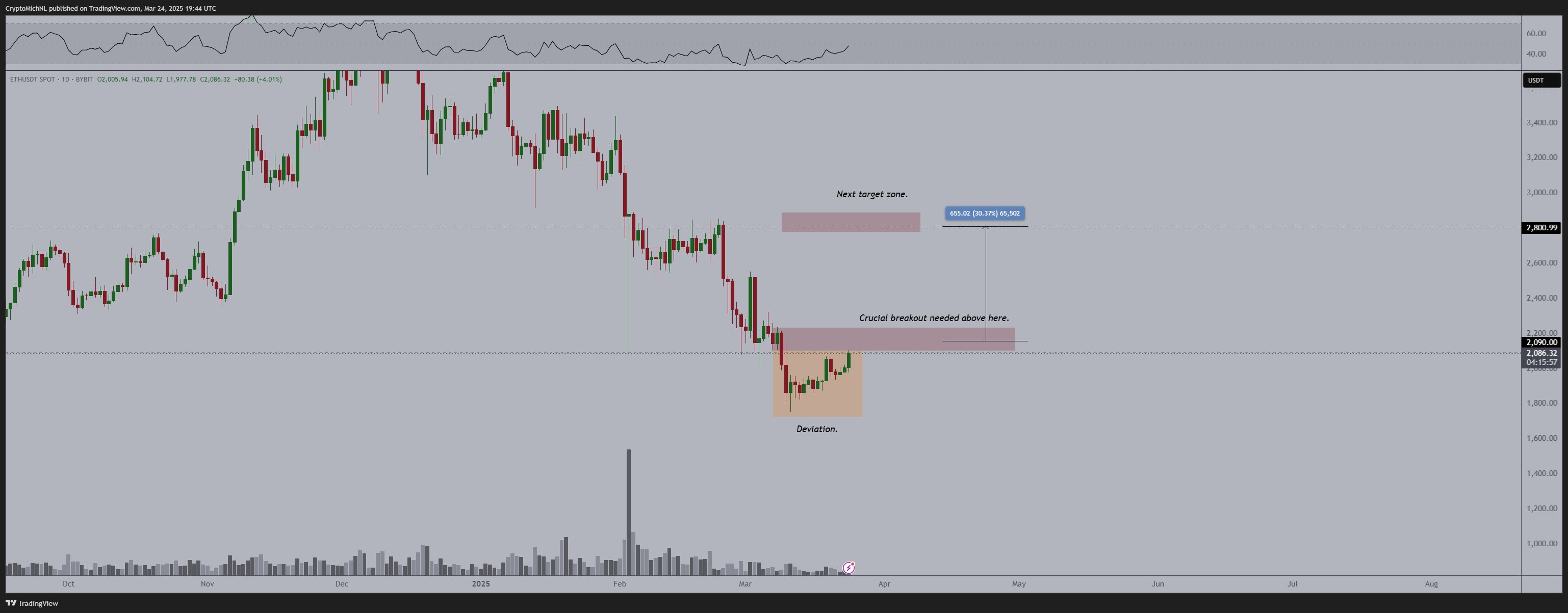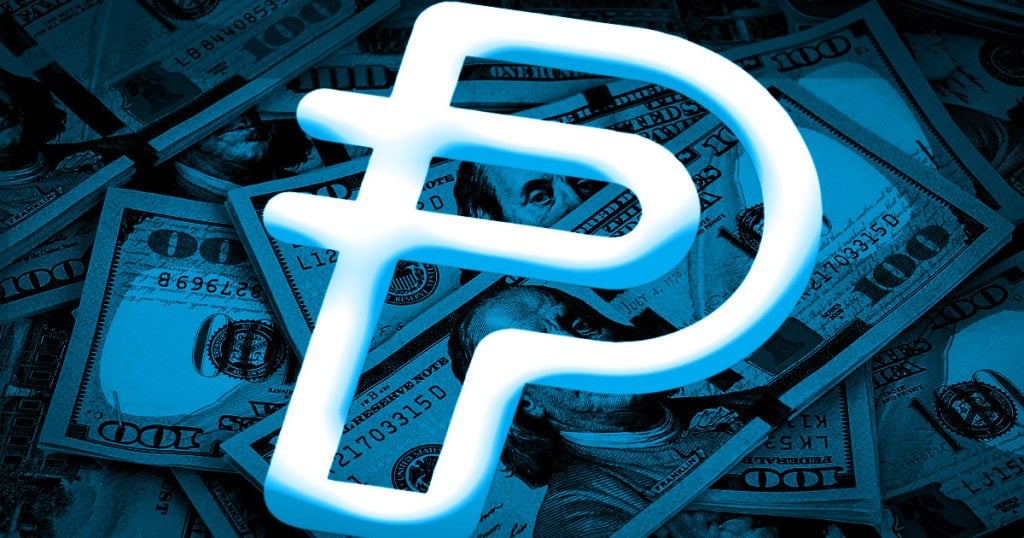
The post Coinbase Inks Strategic Partnership With PayPal to Enable Mainstream Adoption of PYUSD Stablecoin appeared first on Coinpedia Fintech News
- The PayPal USD (PYUSD) stablecoin is fast approaching the $1 billion market cap milestone.
- The strategic partnership will enable Coinbase users to access PYUSD without platform fees.
PayPal Holdings Inc. (NASDAQ: PYPL) and Coinbase Global Inc. (NASDAQ: COIN) announced a strategic partnership on Thursday, April 24. The two companies will work closely to enhance the global mainstream adoption of the PayPal USD (PYUSD) stablecoin.
PayPal and Coinbase have been working together to enable investors to seamlessly purchase and trade crypto assets.
“We are excited to drive new, exciting, and innovative use cases together with Coinbase and the entire cryptocurrency community, putting PYUSD at the center and driving further utility and adoption for digital currencies among developers, customers, and other users,” Alex Chriss, President and CEO at PayPal, noted.
Direct Benefits of the Collaboration Between Coinbase and PayPal on PYUSD
The PYUSD Stablecoin, on the Solana and Ethereum networks, has grown to a market cap of about $860 million and a 24-hour average trading volume of about $20 million. PayPal has leveraged its vast customer base, amounting to more than 430 million consumer and merchant accounts, to strengthen the market outlook for the PYUSD stablecoin.
Through the strategic partnership, Coinbase users can now buy, sell, and trade PYUSD with no platform fees. Additionally, Coinbase users can now seamlessly redeem PYUSD 1:1 for U.S. dollars directly on the crypto exchange.
Most importantly, the two companies agreed to work together to explore new use cases for PYUSD in the Decentralized Financial (DeFi) ecosystem.
“We’re excited to be partnering with PayPal. Their more than 430 million consumer and merchant accounts offer an unprecedented opportunity to increase stablecoin adoption globally,” Brian Armstrong, CEO at Coinbase, noted.
Consequently, the PYUSD is well positioned to compete with other stablecoins, led by Ripple’s RLUSD, among others.






